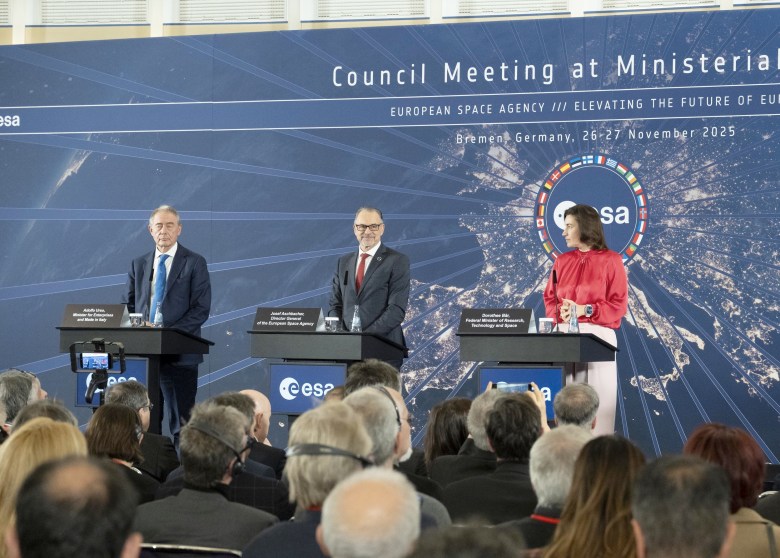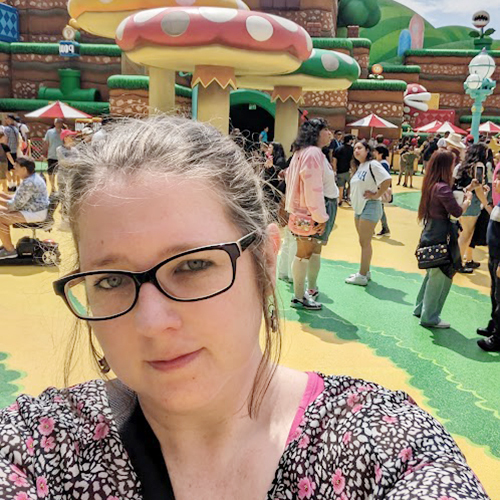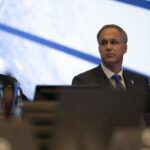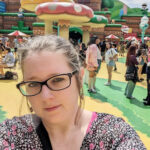Now Reading: Soyuz transports new crew to ISS
-
01
Soyuz transports new crew to ISS
Soyuz transports new crew to ISS


BREMEN, Germany — A Soyuz spacecraft delivered two Russian cosmonauts and one American astronaut to the International Space Station Nov. 27 for an eight-month stay.
A Soyuz-2.1a rocket lifted off from the Baikonur Cosmodrome in Kazakhstan at 4:27 a.m. Eastern, placing the Soyuz MS-28 spacecraft into orbit nine minutes later. The spacecraft docked with the station’s Rassvet module at 7:34 a.m. Eastern.
On board the Soyuz was commander Sergey Kud-Sverchkov and fellow Roscosmos cosmonaut Sergey Mikaev, along with NASA astronaut Chris Williams. They will remain on the station to summer 2026.
It is the first flight for Wiliams and Mikayev and the second for Kud-Sverchkov. They are replacing Sergey Ryzhikov and Alexey Zubritsky from Roscosmos and Jonny Kim from NASA, who will return on the Soyuz MS-27 spacecraft Dec. 8.
The arrival of the new Soyuz required moving another spacecraft at the station. Before the launch, station controllers used the robotic arm to move the NG-23 Cygnus spacecraft from its berthing port on the Unity module. The spacecraft remains attached to the arm away from the port.
NASA officials said before the Cygnus launch in September that the maneuver would be needed to avoid any conflicts between Soyuz and Cygnus, located on neighboring ports. “It has a corridor versus a straight line when it comes in,” Dina Contella, NASA ISS deputy program manager, said of Soyuz at a Sept. 12 briefing. If the spacecraft were to deviate slightly in that corridor, thruster firings could impinge on Cygnus.
“Just to be on the safe side, we’re trying to keep the neighboring ports free,” she said. With the Soyuz successfully docking, Cygnus will be reinstalled on its original port on Dec. 1, remaining there until its planned departure in March.
Unlike most previous NASA missions, Williams did not have a press conference before his launch. A briefing scheduled for early October was canceled because of the government shutdown and not rescheduled.
Williams, selected as a NASA astronaut in 2021, noted in a NASA podcast that he got his flight assignment right after completing astronaut candidate training. He called it “really interesting and a great education” to dive right into preparations for the mission, including getting introduced to the Soyuz spacecraft.
“It’s a little capsule,” he said of the Soyuz. “I mean, it’s more spacious than I think I thought at first, but it’s still a pretty tight squeeze.”
Stay Informed With the Latest & Most Important News
Previous Post
Next Post
-
 012024 in Review: Highlights from NASA in Silicon Valley
012024 in Review: Highlights from NASA in Silicon Valley -
 02Panasonic Leica Summilux DG 15mm f/1.7 ASPH review
02Panasonic Leica Summilux DG 15mm f/1.7 ASPH review -
 03How New NASA, India Earth Satellite NISAR Will See Earth
03How New NASA, India Earth Satellite NISAR Will See Earth -
 04And Thus Begins A New Year For Life On Earth
04And Thus Begins A New Year For Life On Earth -
 05Astronomy Activation Ambassadors: A New Era
05Astronomy Activation Ambassadors: A New Era -
06SpaceX launch surge helps set new global launch record in 2024
-
 07Space Force plans new ‘Futures Command’ amid pressure to speed up modernization
07Space Force plans new ‘Futures Command’ amid pressure to speed up modernization




















